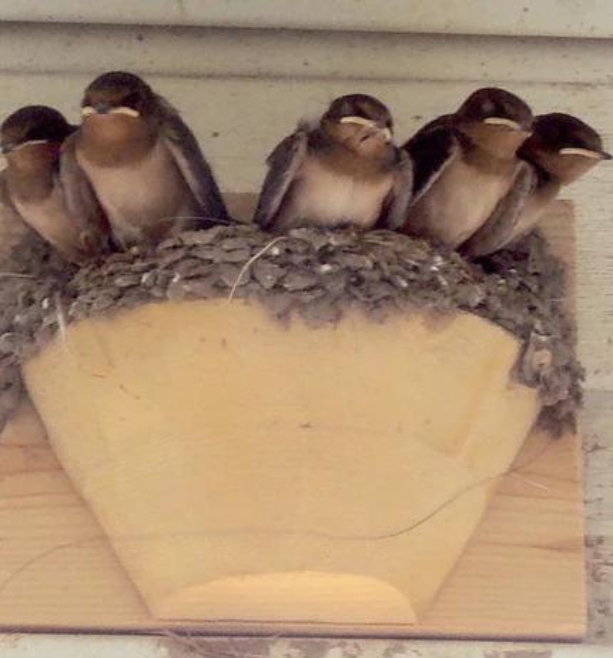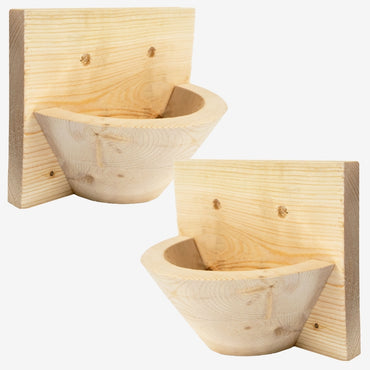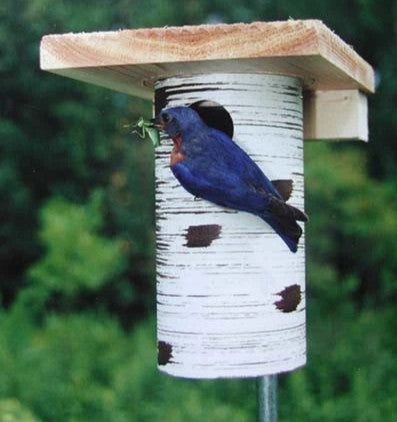A Responsibility to Prevent Disease
Like clockwork for some backyard bird freaks, filling feeders can easily become habitual. Our biggest concern on a freezing day is if the feeders are full? We fail to step back and look at the big picture, an unnatural gathering of wild birds attracted by our good intentions.
Finches for example tend to congregate in larger groups, making them more susceptible to the spread of infection. But from where do these diseases originate? Dirty feeders and moldy food is a start, combined with ground waste (both food and fecal) completes the recipe for disaster for wild birds.
Sick birds can quickly and easily spread respiratory and bacterial diseases to healthy birds through feeders. Most often fatal, death is slow and painful for feathered friends. Keeping a regular cleaning schedule will reduce the chance of mold spores in and around feeders. Using seed trays and a better quality seed (so it doesn't end up on the ground) is a great place to start! There's nothing like first-hand experience to tell a story. After spotting a dead house finch or two with no signs of trauma, we started taking note of the appearance and behavior of birds at our feeders. Clearly the finches were sick and spreading disease.
There's nothing like first-hand experience to tell a story. After spotting a dead house finch or two with no signs of trauma, we started taking note of the appearance and behavior of birds at our feeders. Clearly the finches were sick and spreading disease.
All feeders were removed, and sadly at the best time of year for bird watching. Not only during spring migration, but nesting cardinals, bluebirds, nuthatches, chickadees and titmice would now wonder where the heck their food went? It's pretty devastating to watch the confusion, almost panic around garden poles and brackets where bird feeders once hung.
All ground waste had been cleared and feeders were disinfected with a 10% bleach solution. In hopes of disbursing this localized bird population, it will be about two weeks before feeders are placed for use. Without going into too much detail about the diseases, USGS-Wildlife has an interesting and informative page on the issue. http://www.nwhc.usgs.gov/publications/fact_sheets/coping_with_diseases_at_birdfeeders.jsp
Basics to look for include:
- lethargic birds
- ruffled or unkept feathers
- swollen eyes or eyelids
- difficulty swallowing, dropping seeds
- growths near beak or on face
 Next time you go to fill your feeders, take note of their cleanliness (or lack thereof). Please consider an overall cleaning of feeding areas, and disinfect feeders prior to filling every few weeks. For the health and well being of your feathered friends and a better bird-watching experience, you'll avoid the heartache of sick birds around your place.
Next time you go to fill your feeders, take note of their cleanliness (or lack thereof). Please consider an overall cleaning of feeding areas, and disinfect feeders prior to filling every few weeks. For the health and well being of your feathered friends and a better bird-watching experience, you'll avoid the heartache of sick birds around your place.

Save yourself some heartache and promote healthy feeding areas... the birds will thank you!









